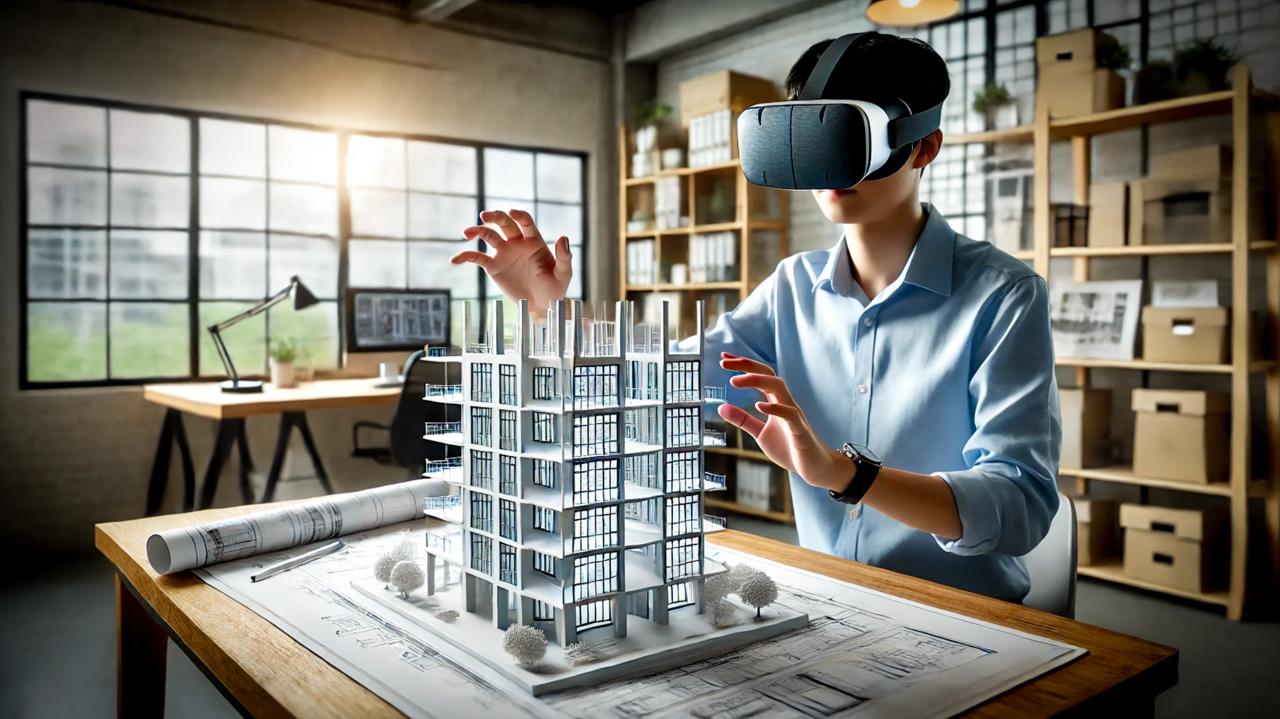The property industry is experiencing a massive transformation, driven by technology and evolving consumer trends. Amidst this transformation, off-plan 360 virtual tours have been a game-changer, revolutionizing the process of selling properties that are still to be built. By combining immersive technology and smart marketing, these tours are not only enhancing consumer interaction, but they are also revolutionizing the future of pre-built property sales.
The Basics Of 3D Virtual Tours Technology
Traditional property photography tends to fall short in delivering the dimensional precision required to make off-plan purchases with confidence. The 3D virtual tour changes all this by translating architectural plans into complete interactive models, full of material texture, lighting detail, and a sense of depth.
Such tours are easily accessed via browsers and mobile phones, enabling buyers to become active participants as they navigate layouts, check specifications, and measure scale in real time. The result is an improved assessment process that reduces uncertainty and encourages earlier commitment, especially vital in pre-construction sales when physical access simply is not feasible.
The Rise of 3D Virtual Tours in Off-Plan Marketing
The COVID-19 pandemic accelerated the adoption of digital technologies in the real estate world, and 3D virtual tours became the new core component of remote property visits. For off-plan properties, properties sold before they were built, the long-standing problem has been how to bridge the plans with the buyers’ imagination.
Traditional 2D floor plans and 2D static images often fail to capture spatial dynamics, and this makes potential investors unsure. This is where off-plan 360-degree virtual tours step in. They create photorealistic, interactive representations of unbuilt spaces, allowing users to navigate from room to room, examine finishes, and even model natural lighting conditions.
By offering a tangible preview, developers are able to translate abstract ideas into touchable experiences, significantly enhancing purchaser confidence.
Understanding the Mechanics of Off-Plan 360 Virtual Tours:
Producing an interactive 3D virtual tour of off-plan properties is a meticulous and detailed process:
- 3D Modeling: Architects use applications such as Autodesk Revit to build virtual copies of the property, combining structural information from floor plans.
- Virtual Staging: Interior designers furnish the model with furniture, fixtures, and decor and adhere to the project’s aesthetic vision.
- Lighting and Texturing: High-end rendering software such as 3ds Max and vRay mimic real-world lighting and material textures so that anything from marble countertops to wood flooring looks real.
- Integration: The final 360° images are integrated into proprietary apps that are compatible with desktop, mobile, and VR headset devices for easy exploration.
This process not only captures the completed property but also allows iterative improvement, guaranteeing the final product is harmonious with consumer demand.
Major Benefits of Off-Plan 360 Virtual Tours
1. Fast Sales Cycles
Properties marketed with 3D virtual tours sell up to 31% quicker than properties marketed with traditional advertising. By providing 24/7 virtual showroom access, developers minimize the reliance on site visits, making it easier for busy investors to make decisions.
2. Global Investor Access
Dubai’s property market is a prime example. Developers such as Emaar and Dubai Properties employ off-plan 360 virtual tours to appeal to overseas buyers across geographical borders. For example, Limina Studios, a Dubai technology leader, nurtured a 40% increase in pre-launch leads when it adopted hyper-realistic tours for high-end developments.
3. Greater Transparency and Trust
Purchasers can see all, from floor plans to finishes, minimizing post-purchase disputes. The inclusion of hotspot tags and virtual reality support adds to the experience, allowing users to see project details, payment terms, and customization choices during the tour.
4. Cost and Resource Optimization
Virtual tours eliminate the requirement for physical show units, cutting construction and staging expenses. Agents also save time with quality leads since tours eliminate unqualified buyers early.
Return on Investment and Competitive Disposition
Initial production of off-plan 360-degree virtual tours demands initial investments in digital infrastructures and rendering capabilities, but the return on investment can be measured: projects fitted with interactive tours tend to convert leads much faster, have reduced marketing costs per closing, and enjoy higher pre-construction reservation ratios.
Furthermore, it builds the perception of being ahead of the game among developers who use it as an added competitive advantage, besides giving them the benefit of being perceived as innovators to their brands and efficiency against competitors who rely on conventional selling.
Conclusion
The incorporation of 3D virtual tours into off-plan marketing has transcended being merely optional; it has become a strategic necessity. These innovative tools tackle essential pain points in pre-construction sales, ranging from buyer hesitancy to logistical challenges, all while providing measurable returns on investment through expedited conversions and elevated price points.
For developers and agents willing to stay ahead, collaboration with specialists is necessary. Dubai pioneers like Limina Studios showcase the strength of innovative technology in transforming imagination into engaging experiences, setting new benchmarks in real estate marketing. Through the use of off-plan 360 virtual tours, the business goes beyond sales of property; it provides confidence, clarity, and a glimpse of the future.






















